Most travel souvenirs end up gathering dust on shelves or buried in storage boxes—mass-produced trinkets that lose their appeal the moment you return home. However, certain destinations offer authentic, high-quality mementos that genuinely enhance your life long after the trip ends.
These places stand out because their souvenirs represent genuine local craftsmanship, cultural traditions, or practical items you’ll actually use. Here is a list of 18 destinations where bringing something home is truly worthwhile.
Florence, Italy

Florence’s artisan workshops produce leather goods that rival the finest luxury brands, with many craftspeople learning their trade through generations of family tradition. The city’s leather-working techniques date back to the Renaissance when Florentine artisans supplied goods to European nobility.
You’ll find everything from hand-stitched wallets to custom boots that improve with age, developing rich patinas that mass-produced alternatives can’t match. The quality justifies the investment—a well-made Florentine leather bag often outlasts multiple cheaper replacements while looking better each year.
Marrakech, Morocco

The souks of Marrakech overflow with handwoven rugs, pottery, and metalwork created using techniques unchanged for centuries. Master craftspeople work openly in their shops, allowing you to witness the creation process and understand the skill involved in each piece.
The Berber carpets, in particular, represent excellent value, featuring intricate patterns and natural dyes that create unique color variations. These functional art pieces transform any space while supporting traditional crafts threatened by industrial production.
Like Travel Pug’s content? Follow us on MSN.
Guatemala (Chichicastenango)

The weekly market in Chichicastenango showcases some of the world’s finest traditional textiles, with Maya weavers creating intricate patterns passed down through generations of families. Each piece tells a story through its colors and designs, with different villages developing distinctive styles that serve as visual signatures.
The quality of hand-spinning and natural dyeing creates textiles that age beautifully, developing a character that machine-made alternatives never achieve. These textiles function as both practical items and cultural artifacts that connect you to centuries of artistic tradition.
Japan (Kyoto)

Kyoto’s traditional craft districts produce ceramics, tea implements, and textiles that embody the Japanese philosophy of functional beauty. The city’s artisans maintain techniques refined over hundreds of years, creating objects that balance aesthetic appeal with practical utility.
Ceramic pieces from Kyoto potters develop unique qualities through use, with tea bowls actually improving in appearance as they absorb oils and develop patinas. These items encourage mindful appreciation of everyday activities, transforming simple rituals into meditative practices.
Peru (Cusco)

The textile markets around Cusco offer alpaca and vicuña products that showcase the exceptional quality of Andean fiber arts. Local cooperatives ensure fair payment to rural weavers while maintaining traditional techniques that create superior warmth-to-weight ratios.
The natural properties of alpaca fiber—water resistance, temperature regulation, and incredible softness—make these garments practical investments for any climate. The intricate patterns often incorporate symbolic elements that connect wearers to Incan cultural heritage while providing exceptional comfort.
Like Travel Pug’s content? Follow us on MSN.
Turkey (Istanbul)

Istanbul’s Grand Bazaar houses workshops where skilled artisans create everything from hand-knotted carpets to delicate evil eye talismans using methods perfected during the Ottoman Empire. The carpets represent particularly good value, with Turkish knot techniques producing incredibly durable pieces that often appreciate over time.
Many sellers offer shipping services that make transporting large pieces manageable, while smaller items like ceramics and textiles fit easily in luggage. The combination of artistic merit and practical function makes Turkish crafts worthwhile additions to any home.
Scotland (Edinburgh)
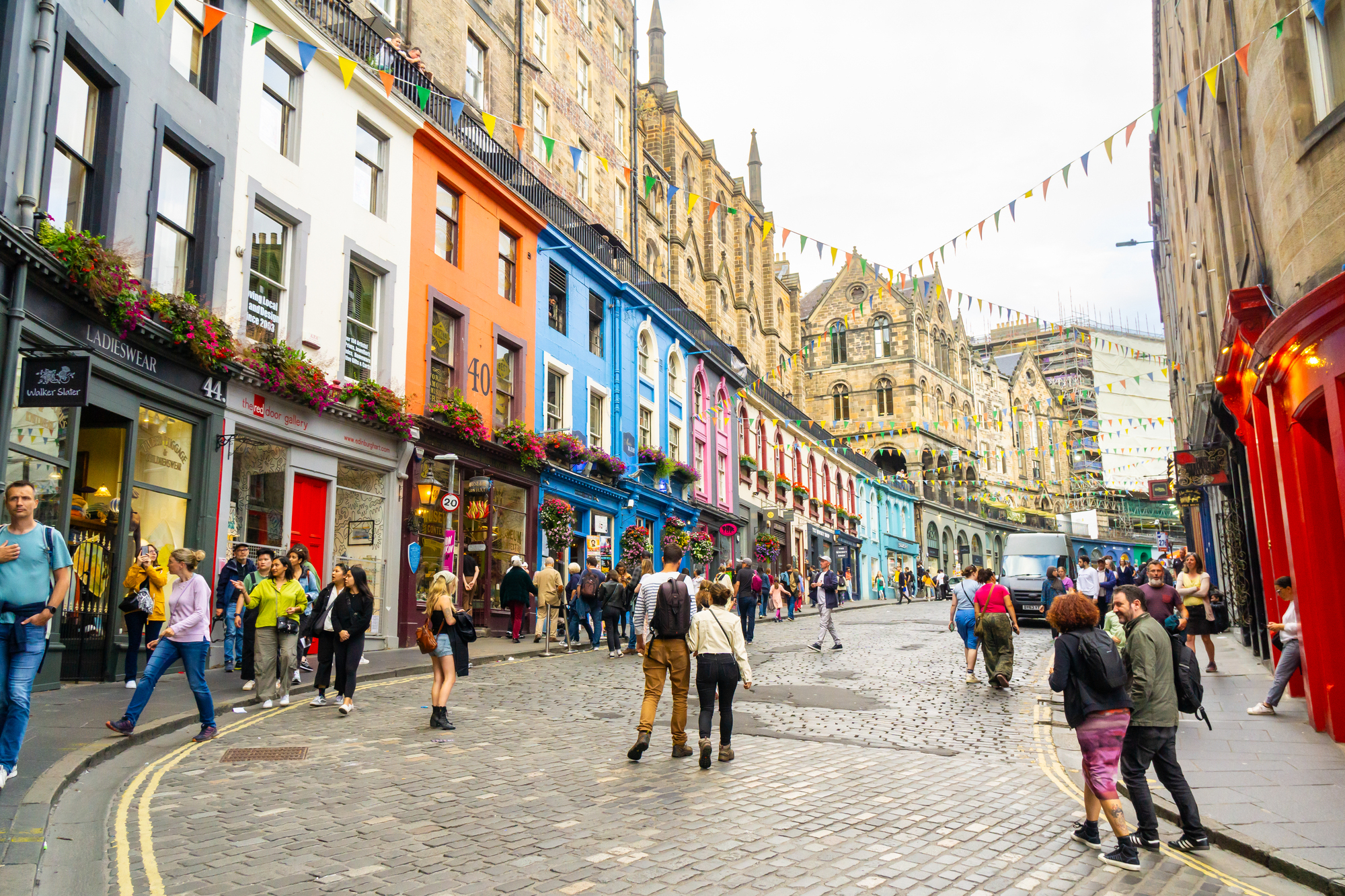
Edinburgh’s shops offer authentic Scottish woolens, particularly cashmere and lambswool products from respected mills that have operated for generations. The quality of Scottish wool processing, combined with traditional patterns like tartan and Fair Isle, creates garments that provide exceptional warmth and durability.
Local distilleries also offer exclusive whiskies unavailable elsewhere, often featuring unique flavor profiles that reflect specific regional characteristics. These products represent genuine Scottish heritage while delivering practical benefits that justify their cost.
India (Rajasthan)

Rajasthan’s block-printing workshops produce textiles using hand-carved wooden stamps and natural dyes that create subtle color variations impossible to replicate mechanically. The intricate patterns require skilled artisans to align hundreds of individual impressions perfectly, resulting in unique pieces that showcase human craftsmanship.
These textiles work beautifully as home decor while supporting traditional techniques threatened by machine production. The variety ranges from delicate scarves to substantial bedspreads, offering options for any taste and budget.
Like Travel Pug’s content? Follow us on MSN.
Mexico (Oaxaca)

Oaxaca’s artisan markets feature some of Mexico’s finest crafts, including pottery from San Bartolo Coyotepec and textiles woven on traditional backstrap looms. The distinctive black pottery achieves its color through ancient firing techniques, creating pieces that are both functional and sculptural.
Weavers in surrounding villages maintain pre-Columbian patterns and techniques, producing textiles with natural dyes that create colors unavailable in commercial products. These items represent living traditions while functioning as striking additions to modern homes.
Ireland (Aran Islands)

The Aran Islands produce authentic fisherman sweaters featuring complex cable patterns that originally identified families and provided supernatural protection at sea. Each sweater requires dozens of hours to complete, with patterns varying between islands and even individual knitters.
The lanolin-rich wool naturally repels water while providing exceptional warmth, making these garments practical for harsh weather conditions. Modern interpretations maintain traditional techniques while adapting classic patterns for contemporary styles.
Indonesia (Bali)

Bali’s artisan villages specialize in different crafts, from silver jewelry in Celuk to wood carving in Mas, allowing visitors to purchase directly from creators. The island’s Hindu-influenced designs incorporate spiritual symbolism that adds meaning beyond mere decoration.
Many workshops welcome visitors to observe the creation process, providing insight into techniques passed through families for generations. The combination of artistic merit, spiritual significance, and fair trade practices makes Balinese crafts particularly satisfying purchases.
Like Travel Pug’s content? Follow us on MSN.
Greece (Santorini)

Santorini’s volcanic soil produces exceptional wines that capture the unique terroir of this ancient island, with some vineyards tracing their roots back thousands of years. The volcanic ash creates mineral-rich growing conditions that impart distinctive flavors impossible to replicate elsewhere.
Local ceramic studios also create pottery that incorporates volcanic ash into glazes, producing pieces with unique textures and colors. These items provide tangible connections to the island’s geological history while offering practical beauty for everyday use.
Denmark (Copenhagen)

Copenhagen’s design shops showcase Scandinavian aesthetics through furniture, textiles, and household items that embody the hygge philosophy of comfortable living. Danish design emphasizes function and sustainability, creating products that improve daily life while minimizing environmental impact.
Many pieces represent collaborations between established companies and emerging designers, ensuring both quality and innovation. The clean lines and natural materials translate beautifully to any setting while supporting Denmark’s reputation for thoughtful design.
Egypt (Luxor)

Luxor’s traditional workshops produce papyrus paintings and jewelry using techniques dating to pharaonic times, with many artisans learning their crafts from archaeological reconstructions. Authentic papyrus differs dramatically from paper imitations sold elsewhere, featuring unique textures and durability that have preserved ancient documents for millennia.
Egyptian goldsmiths create modern pieces incorporating traditional motifs, combining ancient symbolism with contemporary wearability. These items connect purchasers to one of humanity’s oldest cultural traditions while showcasing exceptional craftsmanship.
Like Travel Pug’s content? Follow us on MSN.
China (Beijing)
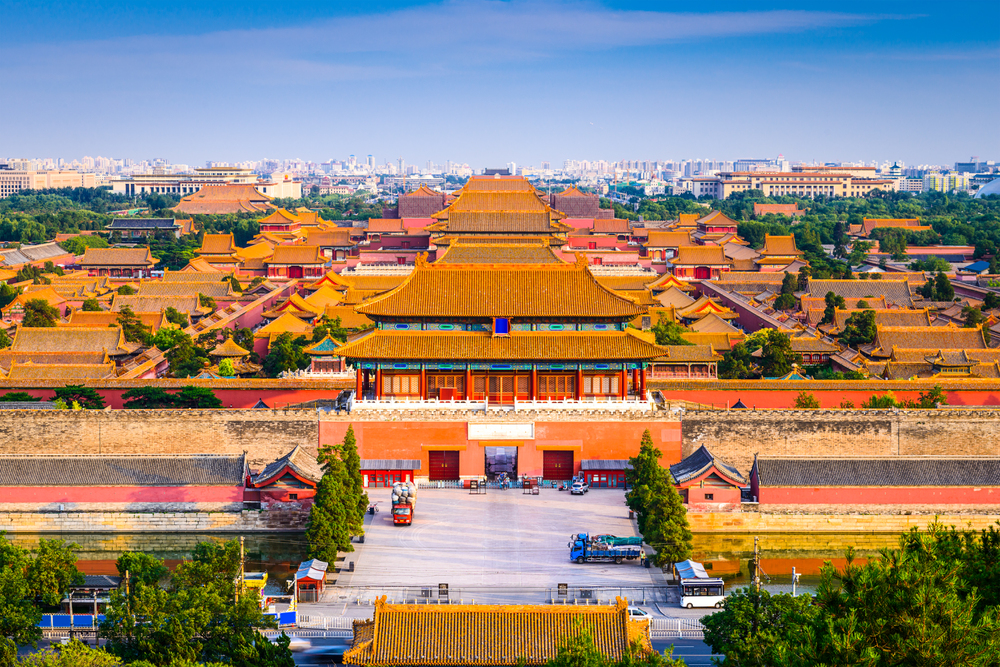
Beijing’s antique markets and silk shops offer access to Chinese crafts that exemplify thousands of years of artistic refinement. High-quality silk items showcase the lustrous beauty and durability that made Chinese silk legendary worldwide.
Cloisonné workshops demonstrate techniques for decorating metal with colorful enamels, producing pieces that function as both useful objects and artistic statements. Traditional Chinese medicine shops also offer unique ingredients and preparations unavailable in Western markets.
Ethiopia (Addis Ababa)

Ethiopia’s coffee regions produce some of the world’s most distinctive beans, with traditional roasting ceremonies that highlight subtle flavor differences between growing areas. The country’s position as coffee’s birthplace gives local roasters unparalleled access to heirloom varieties unavailable elsewhere.
Traditional honey wine and berbere spice blends also offer unique flavors that capture Ethiopia’s culinary heritage. These edible souvenirs provide lasting connections to Ethiopian culture while introducing new tastes to home cooking.
Morocco (Fez)
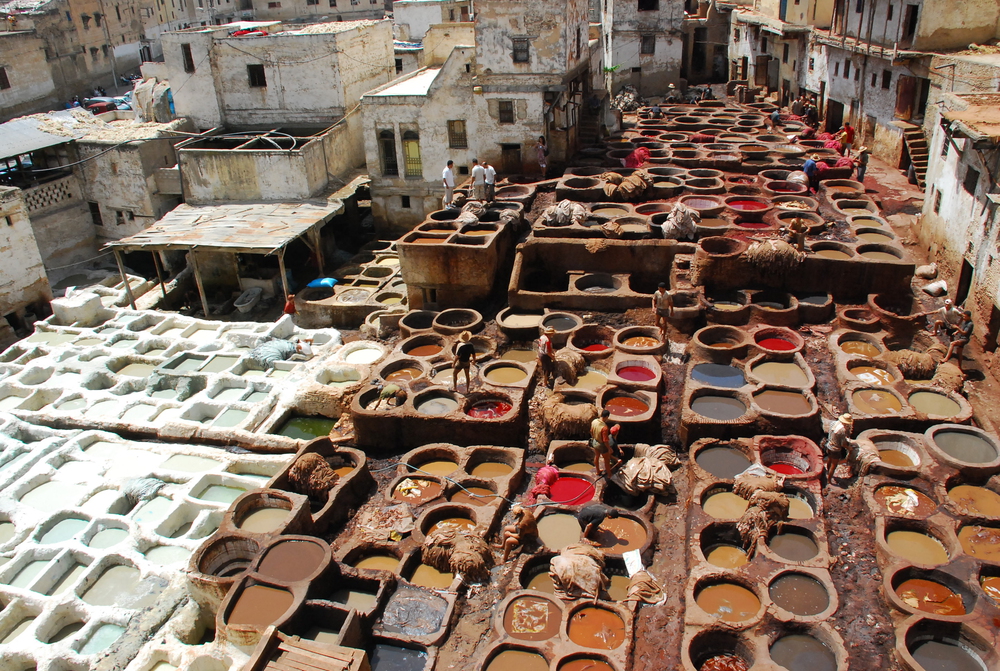
Fez’s medina contains workshops where artisans create sophisticated metalwork, leather goods, and ceramics using techniques refined during the city’s golden age as a cultural center. The intricate geometric patterns reflect Islamic artistic traditions while demonstrating remarkable mathematical precision achieved entirely by hand.
Moroccan argan oil from local cooperatives offers skincare benefits while supporting sustainable agriculture practices. These products combine practical utility with cultural significance, representing authentic Moroccan traditions.
Like Travel Pug’s content? Follow us on MSN.
Portugal (Porto)
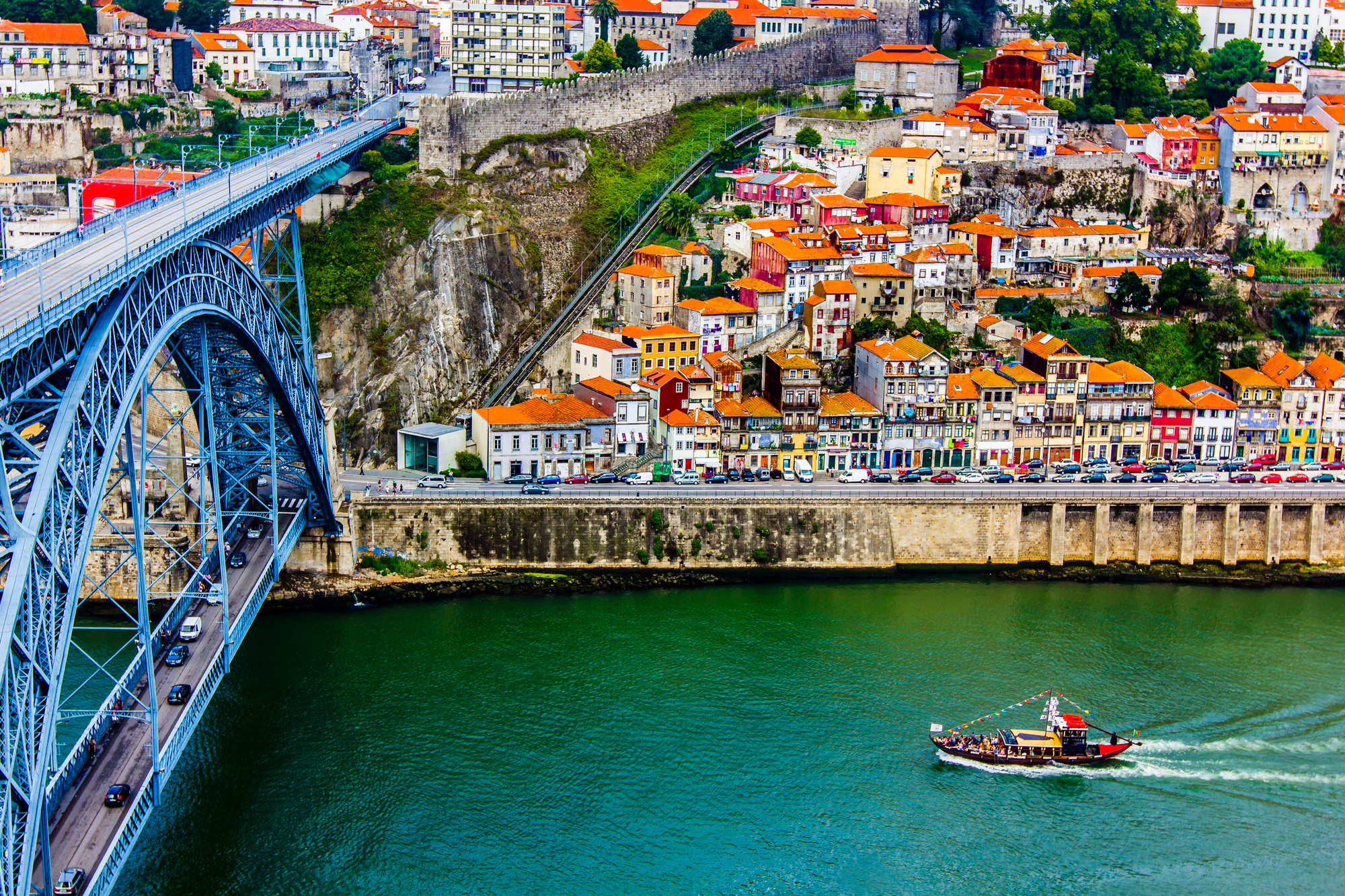
Porto’s azulejo tile workshops create custom pieces using traditional Portuguese ceramic painting techniques that transform architectural surfaces into artistic statements. The city’s port wine cellars offer vintage bottles that improve with age, providing increasingly valuable investments over time.
Traditional cork products showcase Portugal’s leadership in sustainable materials while demonstrating innovative applications for this renewable resource. These items represent Portuguese innovation across multiple industries while offering practical benefits for everyday use.
More Than Just Memories
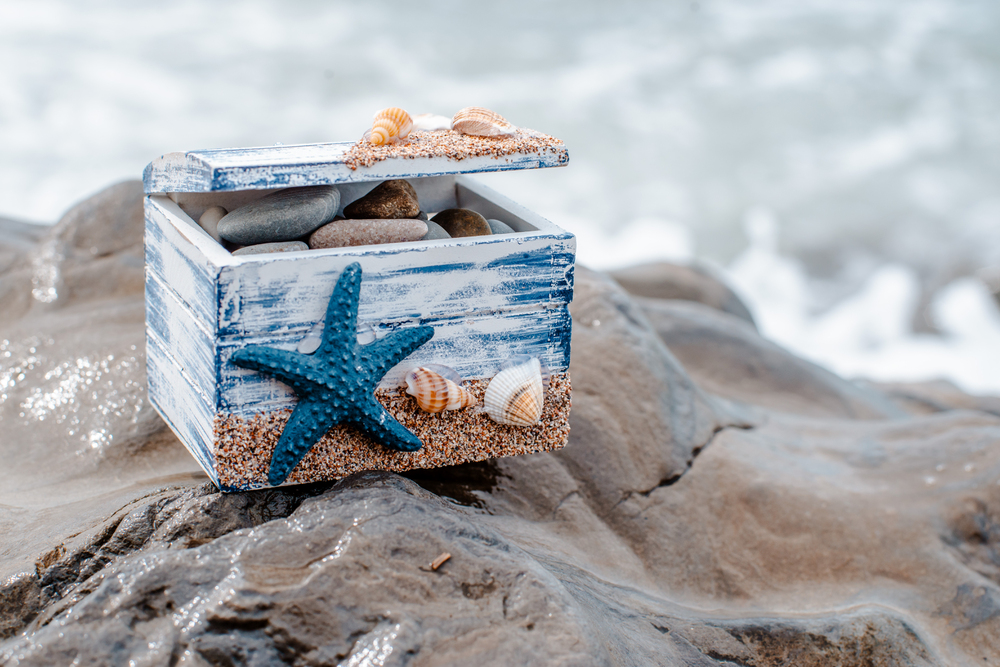
These destinations prove that thoughtful souvenir shopping can enhance both your travel experience and daily life long after returning home. Their crafts represent living traditions where ancient techniques continue evolving to meet contemporary needs. Supporting these artisans preserves cultural knowledge while ensuring that future travelers can discover the same authentic treasures.
The best souvenirs don’t just remind you of places you’ve been—they improve your life while connecting you to traditions that transcend borders and generations.
More from Travel Pug

- Cities Growing so Fast You Won’t Recognize Them in 10 Years
- 13 Destinations Where Tourists Regularly Regret Their Trip
- 16 U.S. Cities That Are Quietly Becoming Travel Hotspots
- Where to Travel If You Love Long Bus Rides and Daydreams
- 20 Cities Perfect for Solo Travelers Who Crave Adventure & Culture
Like Travel Pug’s content? Follow us on MSN.
